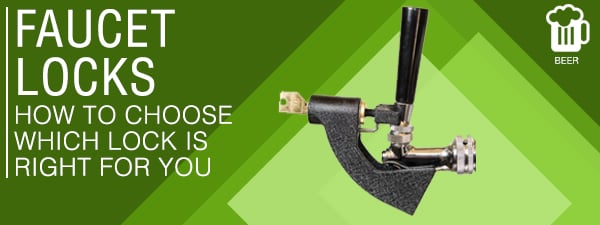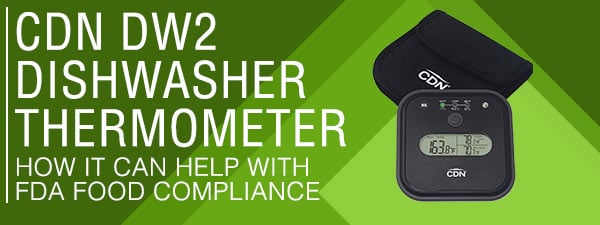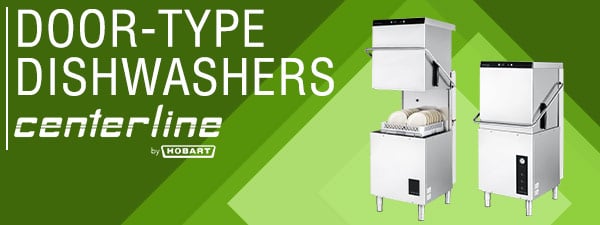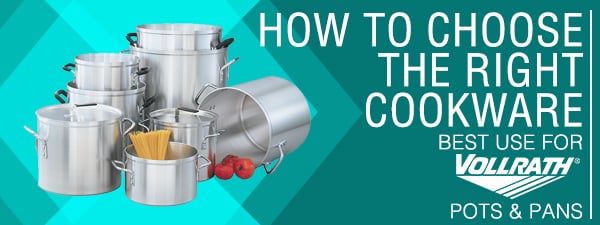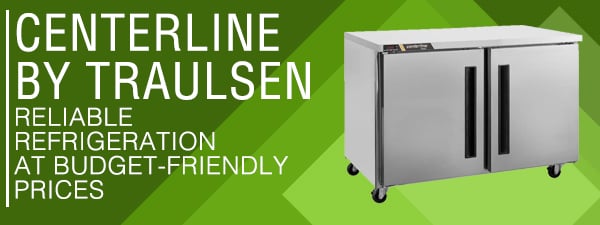How To Hook Up Your Jockey Box
- Jun 4, 2019
- 0 Comments

Hurray, you have a jockey box and now you want to serve all kinds of beer out of that thing. Let’s walk through how these portable event style systems work, the parts they require, and how to set them up.
Under Pressure
Regardless of what kind of cooler you are using – cold plate or coil – you will need to pressurize the system, and CO2 is by far the most common choice. We need to add gas to your keg to create enough pressure to push the beer out of the keg, through the beer lines and jockey box, and out the faucet.
The gas will come in a CO2 cylinder. To connect the cylinder to your system, you will use a CO2 regulator and some gas hose. The CO2 regulator will attach directly to the cylinder and is used to dial in the pressure required to move your beer (about 30-40 PSI normally). On the bottom of the regulator (at the barb) we will need to secure a length of 5/16” ID gas hose using a hose clamp. Normally we use about 4’ to 5’ of hose, but you may need more if your CO2 tank is further away from your jockey box. To make this process simpler for you, we have a kit with all these components included.
What happens on the other end of this gas hose depends on how many beers you will be serving. If you have a single product jockey box, you will connect the gas line to your keg’s coupler. If you are serving two different products, you have a couple of options: the cheap way and the better way.
The cheap way would be to attach (with a hose clamp) a little plastic “T” splitter. Then, attach (with another hose clamp) two additional gas lines. The other end of each of those 2 gas lines will attach to a coupler for each of your kegs. If you prefer to go this route, we have a 2-tap splitter kit that includes all the parts you need.
The better way would be to use a gas distributor, also known as a gas manifold. These distributors will be required for most setups with more than 2 products. A distinct advantage of using a gas distributor is the ability to turn on and shut off the gas supply to one keg at a time. This is quite valuable when setting up or changing out kegs. An additional gas line will connect (with – surprise! – a clamp) to each of the individual barbs on the manifold that will then attach to each of your individual keg couplers.
Coupling
Sankey D keg couplers are by far the most common type of coupler, mostly because they will work on 90% of kegs sold within the US. Almost all domestic beer brands and craft beer brands use this style keg. The only major import brands that don’t use a Sankey D coupler are Guinness/Harp (U Coupler), Bass/Watney (G coupler), Warsteiner (A coupler), and a few other oddball European brands (S coupler). A lot of homebrewers and some smaller craft brewers may be using Cornelius style kegs that will need quick disconnects instead of a coupler.
Now that your gas cylinder is connected to your keg coupler (we have a keg coupler beer line kit too!), the CO2 can now enter the keg, filling up the empty space (known as “head space”) above the beer. This pressurizes the keg and, as the amount of gas in the keg increases, the resulting pressure will push down on the beer.
Where can the beer go, you ask? In the very middle of the keg is a tube that starts just above the floor of the keg and ends on the very top of the keg (behind that little ball you can see when nothing is attached). The beer is forced up that dip tube and, if the probe on the keg coupler is engaged, the beer will go around the aforementioned little ball and out a beer line connector hose.
The beer line connector hose has a tailpiece and coupling nut attached on each side with a hose clamp. One side screws into the keg coupler (usually on the top of it), with a sealing beer washer in between. The other end will screw into the back of the jockey box, also with a sealing beer washer in between.
The Jockey Box
There are basically two different styles of jockey boxes: coil coolers and cold plate coolers. They are both designed to get your beer (which may be warm from lack of refrigerated storage) cold enough for serving before it reaches the glass. If using a cold plate cooler, best practice is to fill the cooler with ice, adding more ice when needed and allowing the melting water to drain away. With a coil cooler, best practice is to fill the cooler with cold water up to the top of the coil stacks, then fill the rest with ice, BUT DON’T DO THIS FIRST.
First, you will want to connect everything and run a little beer through all of your taps to make sure there is no leftover water or moisture in the coils or cold plate from the last cleaning. It’s possible that adding ice right away could freeze that trapped moisture, thereby blocking your line. By running a little beer through each faucet first, you will discharge any trapped water. And since beer has alcohol in it, it has a much lower freezing point so there is no fear of anything freezing up.
Steps to Hooking Up
So what’s the most efficient way to hook it all up? Honestly, I’ve never timed it, but here’s how I would do it if I was starting from scratch:
- Attach beer faucets to the front of the jockey box with faucet wrench. (Note: They are reverse threaded)
- Slip a sealing beer washer inside the coupling nut for each beer line and attach those to the back of the jockey box, then set the jockey box in its serving space.
- Attach CO2 line with clamp to the barb on the CO2 regulator.
- Attach other side of CO2 line with clamp - for one product, attach to the barb on keg coupler; for multiple products, attach to the gas splitter or gas distributor.
- Attach four or five ft of gas line to each line out of the gas distributor with a clamp.
- Attach the opposite ends of each of the above gas line to each keg coupler barb with a clamp.
- Close all valves on the gas distributor and the CO2 regulator.
- Attach CO2 regulator to gas cylinder.
- Open CO2 cylinder valve and set the regulator pressure to between 30-40 PSI, per the regulators instructions.
- Connect each keg coupler to each keg and engage probe.
- Open regulator valve to release gas to the gas distributor (if distributor is being used).
- Open the first valve on the distributor (if distributor is being used).
- Open the first beer faucet to run beer all the way through lines and box.
- Open the subsequent valves on gas distributor and faucets one at a time and run beer all the way through each one.
If using a coil cooler jockey box:
- Confirm drain plug is closed and add cold water until the coil stacks are submerged.
- Slowly fill the rest of the box with ice (so not to damage the coils) and close the lid.
- Periodically drain a little water and top off with ice as needed.
If using a cold plate type jockey box:
- Confirm drain plug is open and add ice.
- Periodically pack down and add more ice as needed.
I do recommend the use of a keg tub with ice and keg jackets for applications when there will be very frequent pouring (such as if you anticipate having a line of customers) or for very warm ambient temperatures.
IMPORTANT: After use, make sure to thoroughly clean and flush out the coils or cold plate to prevent bacteria and mold growth. Get a flush out hose that will hook up to a garden hose or pump kit.
Handy printable jockey box hook-up form



